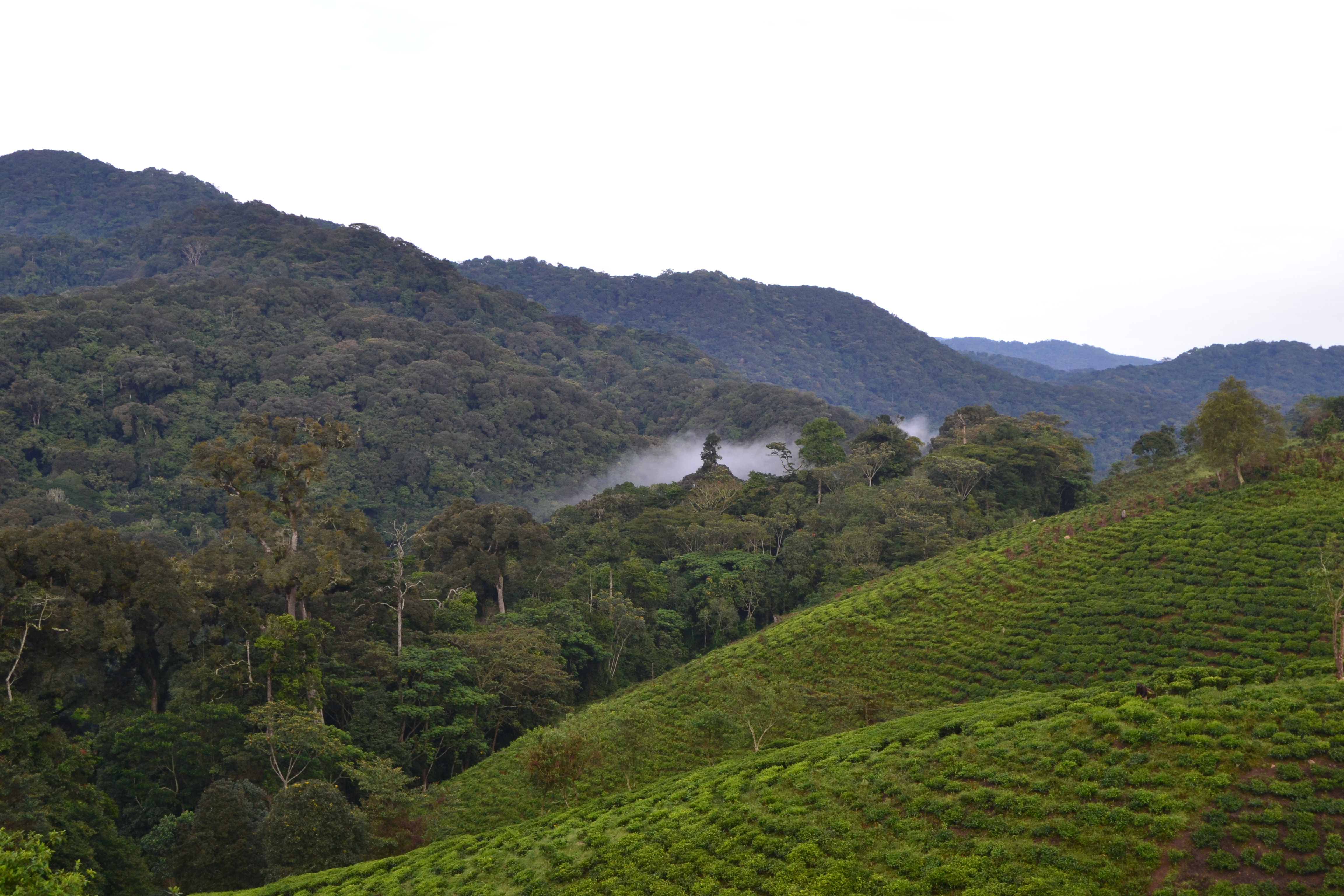

Before the assessment, stakeholders were planning separately in their individual organizations. The assessment brought together Uganda Wildlife Authority, Centre for Research Uptake in Africa, Local Government of Kanungu, Rubanda and Kisoro and other key conservation organizations such as Bwindi Mgahinga Conservation Trust, International Gorilla Conservation Programme, United Batwa Organisation Development in Uganda, Bwindi Batwa Community Development Association and Uplift the Rural Poor to collectively come up with an integrated action plan and take responsibility for their actions and inactions. This had not taken place in a long period of time. After the integrated action plan, each actor was able to take up their share of actions.
-
The desire to address conflicts between the protected area and local communities
-
The recognition of each stakeholders’ responsibilities and roles towards sustainable conservation and livelihoods
-
Actor’s commitment to address the duplication of service delivery at Bwindi Mgahinga Conservation Area
-
Integrated planning by various actors leads to focused interventions and wider conservation and livelihood outcomes
-
Actors have a desire to work together but they lack collaboration, coordination and resources
-
Integrated planning using GAPA is a key aspect of accountability and ensures quick actions to underlying governance challenges